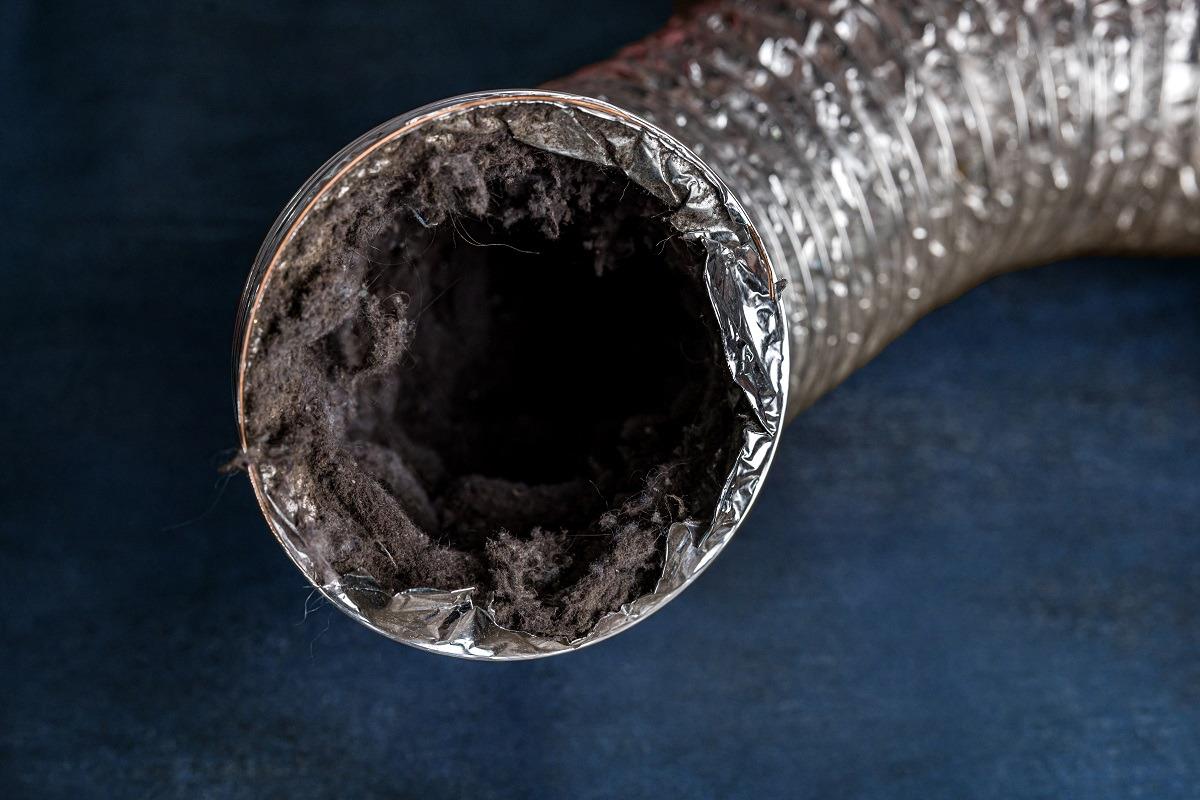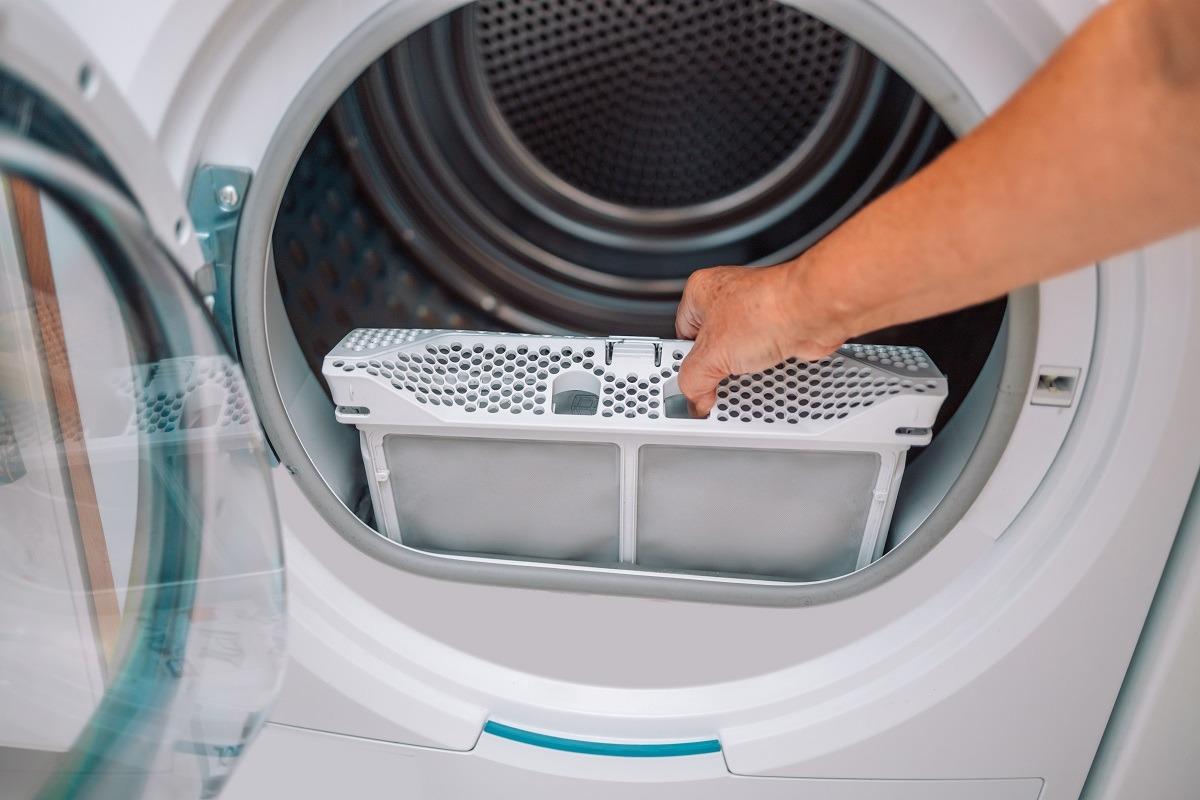Danger may be lurking in an unsuspecting place – your dryer. Each year, more than 2,900 clothes dryer fires lead to an average of 5 deaths, 100 injuries, and more than $35 million in property loss.
Your dryer’s vent (the aluminum hose that stretches from the back of the dryer to the outside) can become filled with dust and lint, the latter which can ignite under certain conditions. You can prevent a dangerous situation simply by cleaning out your dryer vent.
Not sure how to keep your dryer clean and your clothes not crispy? Read on to learn answers to this and other frequently asked dryer exhaust vent cleaning questions!
How can you tell if your dryer vent is clogged?
Because your dryer exhaust vent leads outside, you may find it difficult to know when it needs to be cleaned. Below are some of the most frequent warning signs of a dirty dryer vent.
- A longer drying time than usual
- Lint everywhere – on your clothes, around the doorway, behind your dyer
- Overheating that shuts off your dryer regularly
- A moldy smell on your clothes and in your dryer
- Hotter than usual clothes or dryer at the end of a normal drying cycle
- A lack of lint or lint on the wrong side of the filter
- A burning smell in the laundry room
- Pet hair on clothing after a drying cycle (if you have a pet)
If you notice any of these signs, call a professional dryer vent cleaning service to address the issue.
How often should a dryer vent be cleaned?

We should underscore that a dryer exhaust vent is not a lint trap. Where your dryer’s lint trap should be cleaned after every cycle, most experts suggest having your dryer vent cleaned at least once a year. Depending on how often you use your dryer, you may need to clean the vent more often.
The National Fire Protection Association’s Desk Reference recommends cleaning your exhaust vent up to four times a year – or once a season. Be on the lookout for the warning signs mentioned above and take the necessary steps to clean out your dryer vent when needed.
How much does a dryer exhaust vent cleaning cost?
According to HomeAdvisor, a typical dryer cleaning costs between $101 – $176. A high-end job can run as much as $300, but that’s generally if your dryer is located far from an exterior wall or you have a rooftop vent.
Can I clean my dryer vent myself?
Whether servicing an HVAC or cleaning a dryer exhaust vent, complex appliance maintenance should be left up to the professionals. This is especially important for gas dryers as natural gas is highly flammable.
Cleaning a dryer exhaust vent is more than unhooking a hose and using a vacuum cleaner. Rodents and birds frequently make nests in vents, and their droppings can contain harmful bacteria. A professional will be able to remove any nests and sanitize the lines. Also, a professional can make sure your appliance works properly after the cleaning, which is important to prevent a buildup of dangerous carbon monoxide. Safety first!
Can I prevent having to clean my dryer vent?

Unfortunately, every dryer will need to have its vent cleaned at least once a year, but there are a few quick tips that can help you stop lint buildup in your dryer. The great news is – these tips also help to keep your appliance running efficiently, so you’ll save money on your utility bills and prolong the life of your unit!
- Remove all items – wrappers, receipts, money – from pockets before washing and drying clothes.
- Clean your lint trap after every cycle.
- Sweep the area around your dryer.
- Remove the lint trap and vacuum around the area on a weekly or monthly basis (depending upon how often you use your dryer).
- Give your lint tray a deep cleaning with hot water, dish soap, and a sponge. (Allow tray to air dry before returning it.)
By cleaning your dryer exhaust vent, you’ll gain peace of mind and enjoy a safer, more valuable home.
Welcome to POM
It stands for Peace of Mind. For us, that’s more than a catchy name. It’s our entire way of doing business. What can you expect from a POM Homeowners Policy? Straight talk and complete transparency. If it’s not specifically excluded in the policy, then it is covered. It’s that simple. And because we believe in protection and prevention, you can save as much as 15% with discounts for items like Smart Home technology.
POM content is powered by vipHomeLink